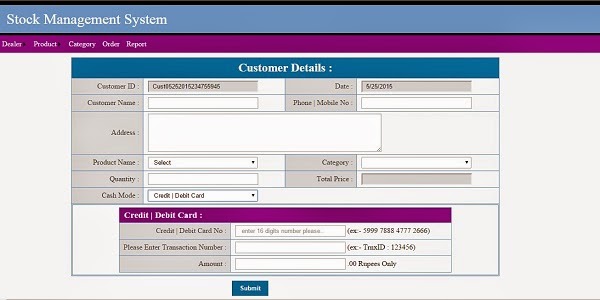Write a Program to find Sin s series 1-x2/2! + x4/4! - x6/6! + x8/8! - .....
In this programming journey, we delve into a C program designed to calculate the cosine of an angle using a series expansion. The code utilizes a loop and mathematical operations to approximate the value of cos(x). Let's dissect the code to understand how it achieves this computation.
The Code:
#include <stdio.h>
main()
{
int i = 1, n, y;
float sum, t, x;
printf("Enter the number of terms and degree : ");
scanf("%d %f", &n, &y);
x = y * 3.142 / 180;
sum = 1;
t = 1;
while( i < n)
{
t = ((-t) * x * x) / ((2 * i) * (2 * i - 1));
sum = sum + t;
i++;
}
printf(" The value of Cos(%d) is %f ", y, sum);
}
Explanation:
User Input:
The program prompts the user to enter the number of terms and the degree for which the cosine value needs to be calculated.
Conversion to Radians:
The input degree (y) is converted to radians (x) using the formula x = y * 3.142 / 180.
Series Computation:
The program utilizes a loop to compute the cosine series. It updates the term (t) and accumulates the sum based on the specified number of terms (n).
Output:
The final result is printed, representing the approximate value of cos(x) for the given degree.
Input and Output Example:
Assuming the user enters 10 terms and 60 degrees:
- Input: Enter the number of terms and degree: 10 60
- Output: The value of Cos(60) is 0.49999
This indicates that the program has approximated the cosine of 60 degrees using a series expansion, providing an output of approximately 0.49999.
Conclusion:
Exploring mathematical series expansions in programming enhances our understanding of numerical approximations. This C program offers a glimpse into calculating cosine values through a series approach. Feel free to experiment with different inputs to observe how the program handles various scenarios. Happy coding!





0 Comments